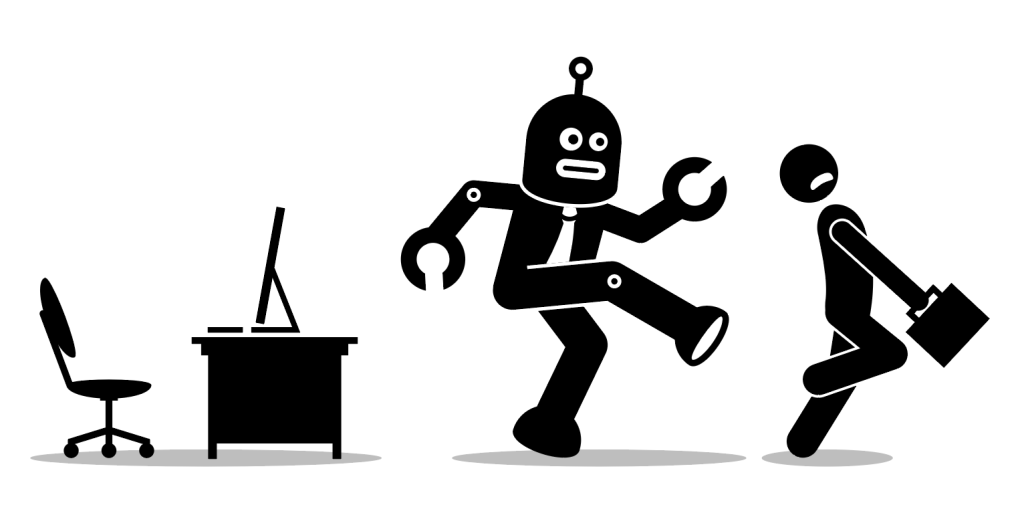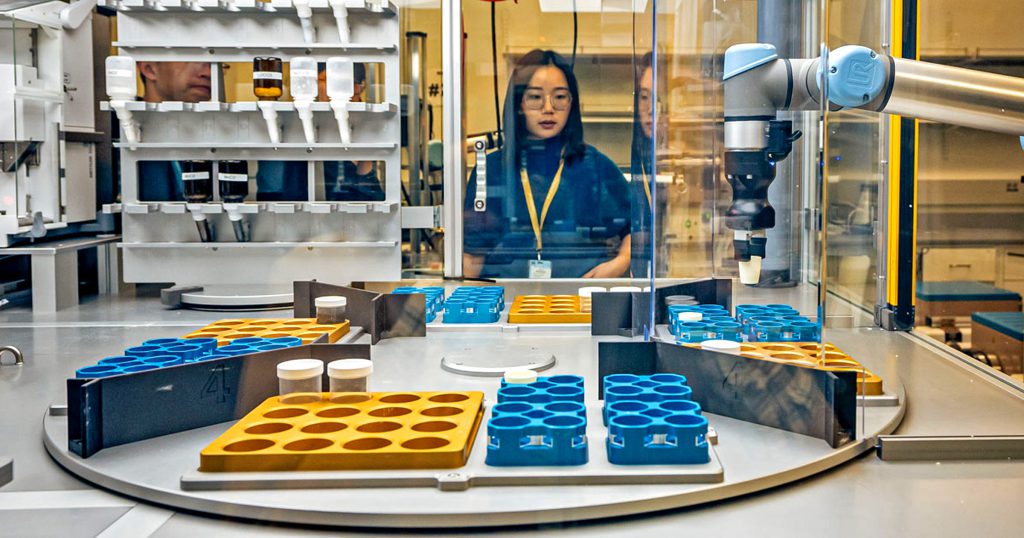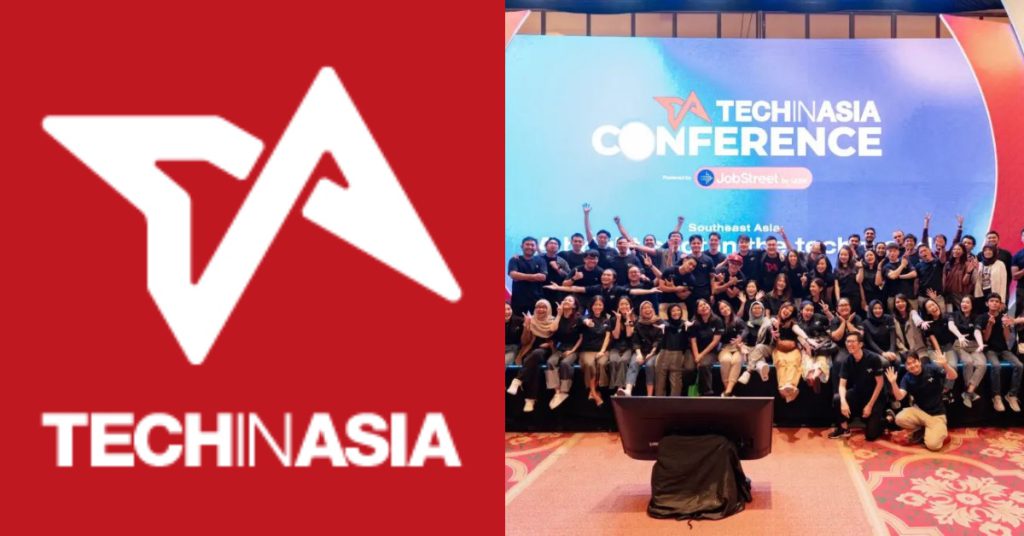Disclaimer: Any opinions expressed below belong solely to the author.
Imagine you had thousands of recipes worth trying, each one with a potential for being really delicious, but you had to try making them all by hand, one by one.
Well, this is the reality of materials science which, however, may soon be coming to an end — with both good and not-so-good consequences.
Scientists responsible for the Materials Project at Lawrence Berkeley National Laboratory in California have decided to replace much of the human bottleneck with artificial intelligence, offloading the tedious work onto intelligent robots, which painstakingly follow each new chemical recipe, trying to discover novel materials that can lead to technological breakthroughs.
Because the process is automated and conducted by programmed machines, it can be done day or night, 24/7, 365 days each year.
And its daily efficiency is already 100 times higher than that of human researchers.
The tireless robots can complete 100 to 200 runs each day, using 200 pre-loaded powder precursors (containing eg. different metals like lithium, copper, manganese etc), three arms, and eight furnaces packed in a space equivalent to that of a medium-sized apartment (600 square foot).
But robotic arms don’t merely combine different precursors randomly — that alone would not need mechanical intervention (even humans could do that fairly quickly, after all) or at least, the gains from it would not have been quite so spectacular.
This is where “artificial intelligence” comes in.
Because the AI running the system has been trained in chemistry, it is actually using its acquired understanding of chemical processes to select and prioritise experiments on the go, spotting patterns that may have eluded scientists and then rapidly test them — without even taking a lunch break.
“The system at A-Lab is designed as a “closed-loop,” where decision making is handled without human interference. The robots operate around the clock, freeing researchers up to spend more time designing experiments.”
On its own, it determines the mixtures and then distributes them across crucibles feeding them different gasses, as needed, baking them at different temperatures, over different times and in different sequences, autonomously determined by the intelligent system without human input.
“I have made more new compounds in the last six weeks than my whole career.”
– Prof. Gerbrand Ceder, LBNL, UC Berkeley
These discoveries may help us create new batteries, harness the power of solar energy, bring stronger, more durable materials into engineering and manufacturing — the possibilities are quite endless and the number of combinations could, very well, be limitless.
What’s going to happen to humans?
As we’re gasping over the remarkable output of the laboratory, the elephant in the room is the same as ever. What about all of those human researchers and their jobs?
And what about millions of students around the world, sold on the idea of a well-paying STEM profession, which governments around the world have been pushing hard in recent years?
Typically, as I often comment here, I would say that humans are still going to be necessary to guide the AI systems, ensuring that they fulfil our demands.
After all, personal computers have allowed us to do many things way more efficiently than before and yet, our quality of life and job opportunities have only improved with time.
However, witnessing overnight improvement of a factor of 100 does raise the question: how many researchers will we actually need?

After all, the main strength of AI is not only that it can acquire knowledge and reason remembering every detail (something that humans already struggle with), but that it can also be trained in processes and then execute them at speed and precision that humans can’t — while learning and improving better than we do on the way.
We have to be honest with ourselves — our capabilities are limited. We aren’t even able to remember everything we’ve ever learned, let alone understand it perfectly and then reason on its basis, while conducting one experiment after another.
Great minds do it better than the average do, but intelligent machines trump both — and they can do it all day without taking a break or complaining about working conditions.
“The important thing is not working in parallel, but instead to iterate rapidly, the way scientists operate. We want the system to try something, analyse the data, and then decide what to do next to get closer to the goal.”
– Prof. Gerbrand Ceder, LBNL, UC Berkeley
Any task that can be scripted in some way is going to be performed by thinking robots very, very soon.
Humans will be relegated to control and, at most, some guidance towards the goals that matter to us — i.e. setting targets for what we want to achieve, in which domain, and to what parameters.
But while it means we are still going to need graduates in STEM fields, it also seems that we are not going to need nearly as many as we do today.
Featured Image Credit: Marilyn Sargent / Berkeley Lab










